Content
Apple wines are not as common as grape or berry alcoholic drinks. but apple wine has its own unique taste and a very strong aroma; almost everyone likes this drink. The recipe for homemade wine from ranetki is quite simple, and the technology of its preparation does not differ much from the traditional one (used in grape winemaking). There are some nuances in making wine from apples, which a novice winemaker must know about.
You can learn how to make wine from ranetki at home in this article. There is also a detailed technology in which each process is described step by step.
Features of wine from ranetki
Ranetki are small-fruited varieties of apples, the weight of each of which does not exceed 15 grams. Such fruits mainly grow in the Urals, in the northern regions and in the Far East. Ranetki apples differ from other apples by a high content of dry matter in fruits, that is, they have less juice than in other varieties.
Ranetka wine turns out to be very aromatic, the drink has a beautiful hue and can be stored for several years. At his discretion, the winemaker can prepare both dry and dry or dessert wine from ranetki - it all depends on the amount of sugar in the wort.
To make good homemade wine from ranetki, you need to know a few simple rules:
- Before preparing wine ranetki do not wash, as on the peel of apples there are wine fungi, which are necessary for fermentation. If, for some reason, the apples are washed, you will have to add wine yeast to the wort or make a special sourdough.
- For winemaking, glass, aluminum or plastic dishes are used. You cannot prepare wine in a metal containerotherwise it will oxidize. The same can be said for the spoons or scoops that get in the way of the wort - they should be wooden or plastic.
- Ranetok juice should be fermented in a container with a wide neck (saucepan, basin or bucket) so that the mass is conveniently mixed and nothing prevents the mash from rising. But for fermentation, the juice of the ranetki is better placed in a vessel with a narrow neck, so the contact of wine with oxygen will be minimal.
- During the fermentation stage, the wine must be isolated from the air., so you need to find an airtight lid for a bottle or jar, which contains wine from ranetki. To ensure greater tightness, you can use plasticine or paraffin, which is used to treat the contact points of the lid with the vessel.
- The natural sugar content of Ranetki does not exceed 10%, this is enough only for dry wine. If you want a sweeter drink, add 120 to 450 grams of sugar to the wort for every liter of apple juice.
- You cannot pour all the sugar into the wort at one time.... This must be done in parts: first, add half the sugar, then two more times, a quarter serving. This approach will allow you to control the taste of the wine, to achieve the optimal sweetness of the drink. In addition, wine yeast is only able to process a certain percentage of sugar. If the sugar content of the wine is higher than the permissible value, the fermentation will suddenly stop.
- It is allowed to dilute ranetka juice with pure water, but when doing this, you need to understand that the natural aroma of wine and its taste decreases with every liter of water. It is better not to add water to the wine, or do it in case of emergency. (for example, when apples are very sour and sugar alone cannot improve the taste of wine).
- You cannot add baker's yeast (dry or pressed) to wine, so you can only get mash from ranetki. For winemaking, special wine yeast is used, but it is quite difficult to find them on sale. You can replace wine yeast with raisin sourdough, which the winemakers prepare themselves.
- Before making the wine, apples are carefully sorted, leaves, twigs, rotten or wormy fruits of the ranetka are removed. The seeds from the ranetki need to be cut out, as they will give the wine a bitterness.
- Hands, utensils and containers for winemaking must be absolutely clean, since there is a high risk of introducing pathogenic microorganisms into the wine, leading to sourness of the drink or the appearance of mold. therefore dishes are sterilized with boiling water or steam, and hands must be washed with soap or rubber gloves.
A simple recipe for wine from ranetki with detailed instructions
Apple wines are very tasty and aromatic, so there is no need to add other fruits or berries to them, use complex recipes. A good homemade drink requires the simplest ingredients:
- 25 kg of ranetki;
- 100-450 grams of sugar for every liter of apple juice;
- from 10 to 100 ml of water for each liter of juice (it is recommended to add it when the ranetki is very sour);
- wine-making yeast or raisin-based sourdough (unless the wine ferments on its own).
The step-by-step technology for making homemade wine looks like this:
- Preparation of ranetki. The fruits of the ranetki are sorted out, cleaned of soil or dust, wiping with a soft cloth (dry). Then the core is removed from the apples together with the seeds and rigid partitions. Ranetki are cut into slices of a suitable size.
- Getting juice. Now you need to do the most difficult thing - to squeeze juice from the ranetki. To do this, the apples must first be chopped, this can be done with a meat grinder, juicer, blender, grater or food processor. The winemaker's task is, ideally, to get pure ranetka juice. But for wine, semi-liquid applesauce is also suitable.
- Squeezed out juice or ranetki crushed to a state of puree are transferred to an enamel pan or plastic bowl. Try mashed potatoes for sugar and acid. If necessary, add sugar and water to the ranetki. Stir the mass and cover the container with several layers of gauze.
- Place the casserole dish in a warm place and keep it there for several days. After 6-10 hours, signs of fermentation should appear: hissing, foam formation, sour smell. This means that the process is going well. So that the wine from the ranetki does not turn sour, you need to constantly lower the pulp (large particles of apples floating on the surface, the peel), because it is in it that wine yeast is contained. The wort from the ranetki is regularly stirred with a wooden spatula - after 6-8 hours.
- After three days, the pulp should float completely, forming a dense foamy mass on the surface of the wine. Now it can be collected with a spoon and squeezed through a sieve or cheesecloth. Pour the ranetok juice into a bottle. Add sugar - about 50 grams for each liter of apple juice.
- Mix the wort, fill it with no more than 75% of the fermentation container (large bottle or three-liter jar). It is necessary to put on a water seal in the form of a special cover, a medical glove or a tube for removing carbon dioxide. Place the container with wine in a warm, dark place.
- After 5-7 days, you need to taste the wine and, if necessary, add more sugar - no more than 25 grams for each liter of juice. To do this, carefully drain a small portion of the wine and stir the sugar in it, after which the syrup is poured back into the bottle.
- After another week, the procedure with sugar can be repeated if the wine turns out to be too sour.
- Wine from ranetki can ferment from 30 to 55 days. The end of this process is evidenced by a deflated glove, the absence of bubbles in the wort, precipitation and clarification of the wine itself. The drink can now be drained from the sediment using a plastic straw.
- Sugar, alcohol or vodka can be added to the wine drained from the sediment (if provided by the recipe). Fill the bottles with wine to the top and take them to a cool place (in the cellar), where the drink will mature for 3-4 months.
- Regularly you need to inspect the wine from the ranetki for the appearance of sediment. If the sediment layer is more than 2-3 cm, the wine is poured into a clean container. Do this until the drink becomes transparent.
- Now the finished wine is poured into beautiful bottles and sent to the cellar for storage.
It is not very easy to make wine from ranetki at home, but a good result is guaranteed if the technology of making an alcoholic drink is fully observed. Prepare apple wine at least once, and you will forever love its amber color and pronounced aroma!

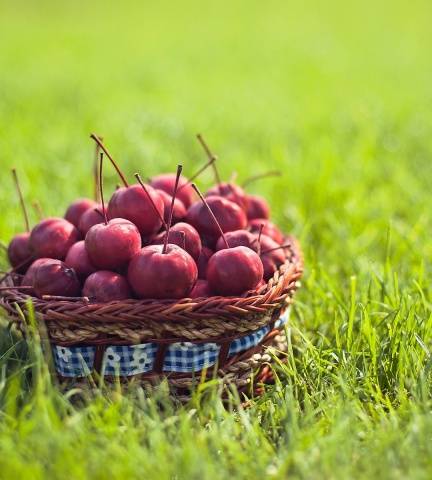
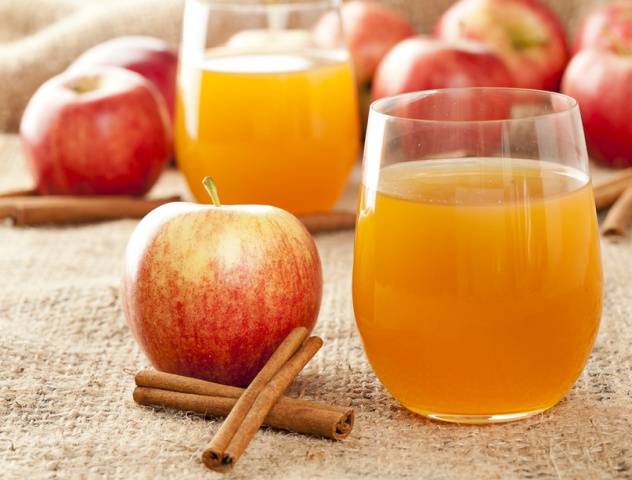
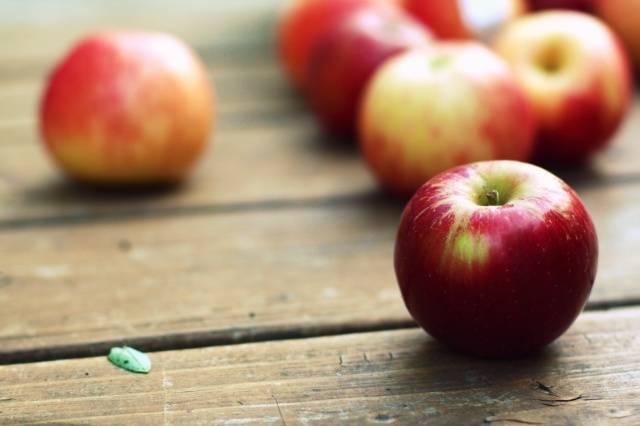
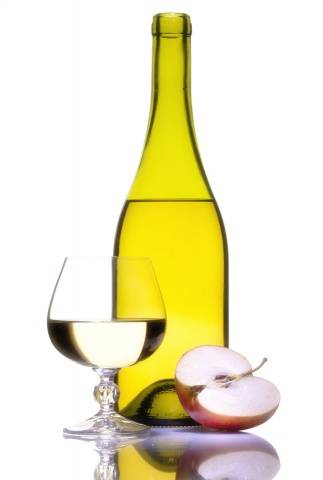
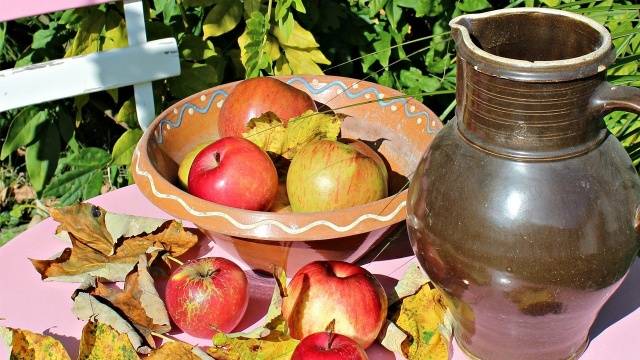

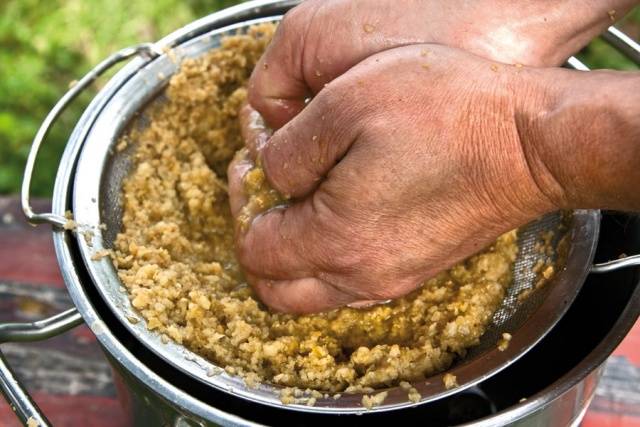
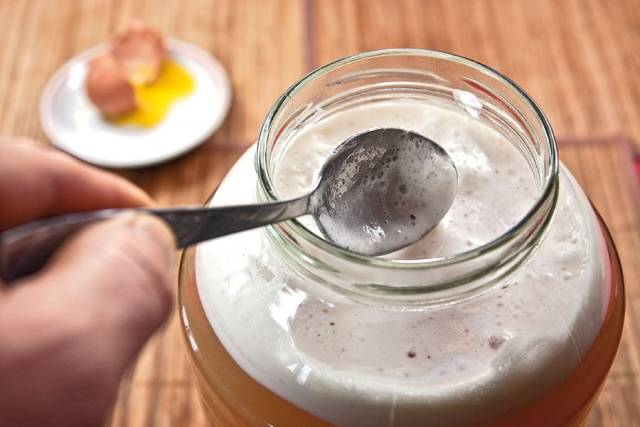
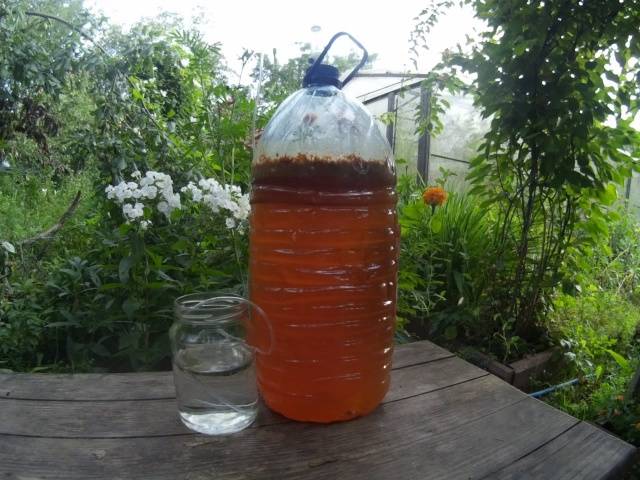
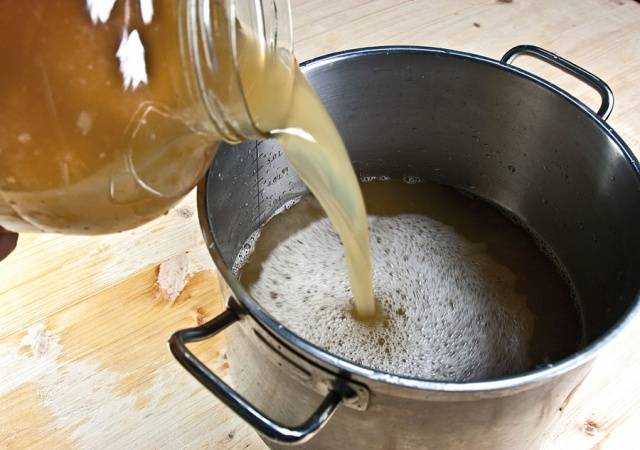
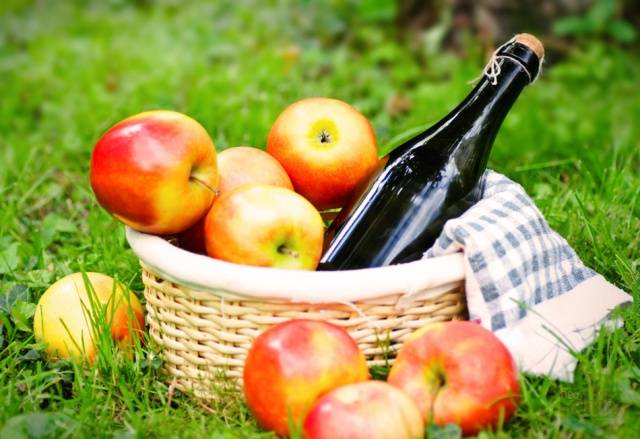




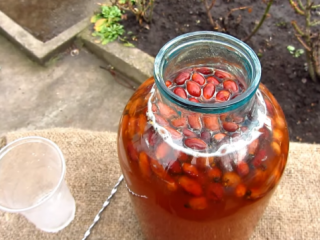
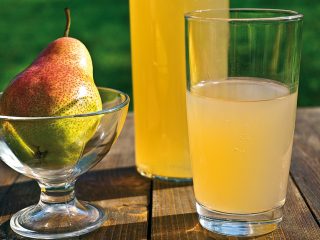
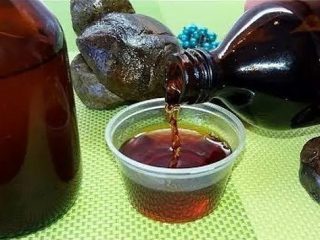
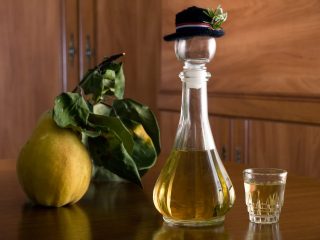

interesting to try